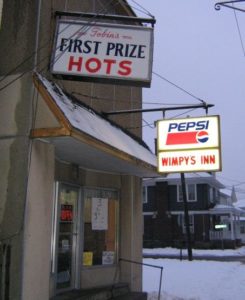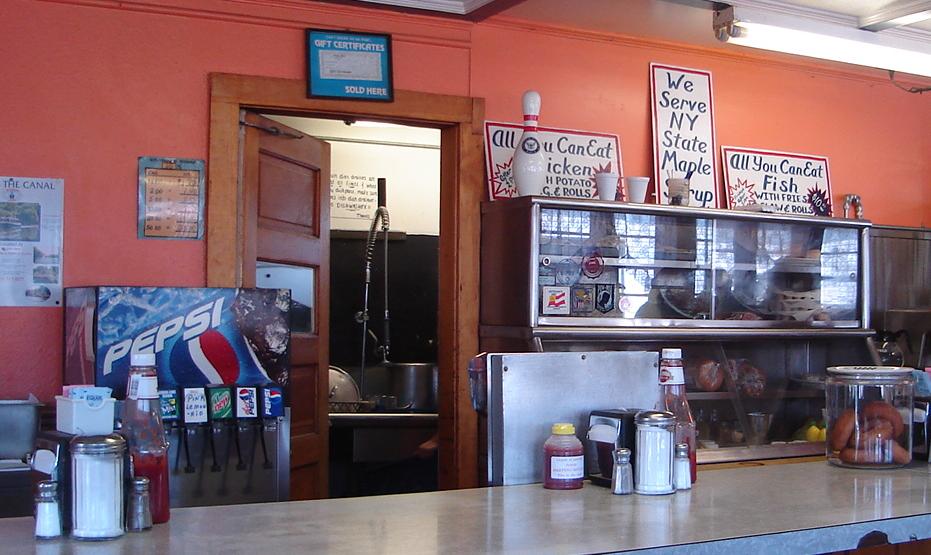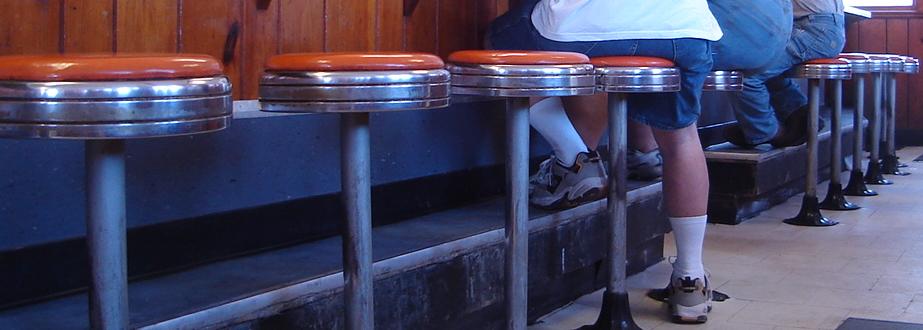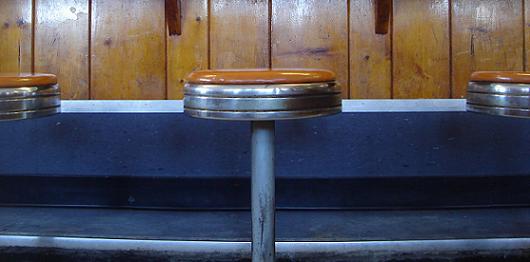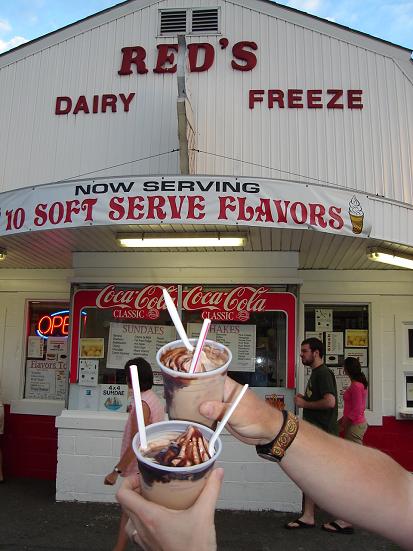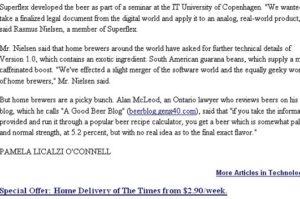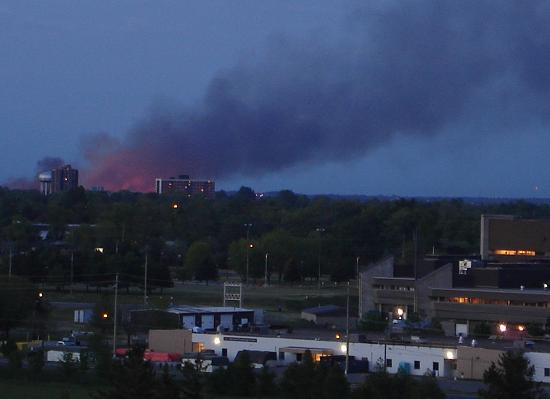Who the hell ever thought I would make it to August 25th 2006? Aside from the whole thing in Mexico in ’66 (thank you Pepe), I got through the nuclear war along with all of you, got through my teens without being eaten by a backroad ditch along with pals, got though a holiday in Paris as Syria was blowing bits of it up in ’86 and survived the Kings Cross Fire in ’87. Things got a little dull after that and law school and stuff but then there was the 5.4 earthquake in ’97 and that weird day in PEI around Jan. ’03 when I decided to head out of work early and got caught in a blizzard that was so thick I could only make out where the road was by checking out the tops of telephone polls. Whew. What a roller coaster. But here we are. August 25, 2006. Woot. I’m taking half a day to celebrate.
– Final lunchtime update before hitting the road update: I just created the “Kingston Society for Playing Catch” after looking at the picture of David Sommerstein of NCPR at this page. Expect splintering schismists branching out into “Adult Novice 500 Up” but that is their business and may also morph into a heritage group playing trapball and the other early games. The “Kingston Society for Playing Catch” is hereby soliciting membership as well as designs for the hat which must feature a “K” on the front. Submissions and proposals to be posted here.
– Update for the road update: As I did so triumphantly for “flogging”, I just now coined “clogging” for filling up the comments section of a blog with technically incapable comments or, I suppose, just going on and on…like this.
– It is a sad, sad day when the yapping of bloggers is not what shapes the news but is the news. Bo-ring. Everyone lay on the floor, wiggle around now and scream as one – “STOP PRETENDING BLOGS ARE NEWS!!!” I heard you . Thanks.
– There are men of destiny and then there are others who are not:
The owner of a restaurant named after Adolf Hitler said yesterday he will change its name because it angered so many people.
– I am watching the post- or to some mid- conflict reaction in Israel. Remember this post from last month. The concern appears to be mainly the lack of ability to impose immediate overwhelming force as opposed to ultimate peace – which is fine but the taxi driver may not have had that breath of relief. It is such a foreign existence it is hard to even imagine it.
– One clawed back. Five and a half to go.
– Gary’s Blogger blog has taken off nicely. Interesting post on pottery restoration services. Now there is a situation that requires a van with a big engine and the right to break the speed limit – Vrrrooommmmm. I say it gets designated the all important and still available purple flashing light.
– Have you noticed that certain cheater-ramas have entirly poached the Friday bullet idea? I knew I should have copyrighted this fantastic idea when I had the chance. Imagine the dollar bills flowing over my upstretched face and arms. Imagine.
Isn’t that enough? Off to see the newest member of the clan who is supposed to enter this world around noon and then off to grannie-in-law’s to talk sports of the 1920s to today. When is someone going to try that music format of “the music of the 20th century” anyway? Al Jolson then Ramones then “The Biggest Aspidistra In The World” then ringing my bell.

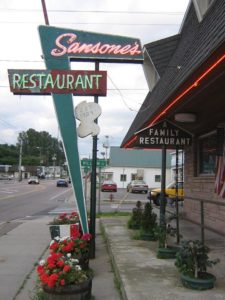

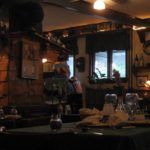

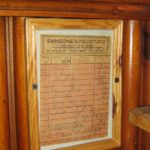
 I got this
I got this 